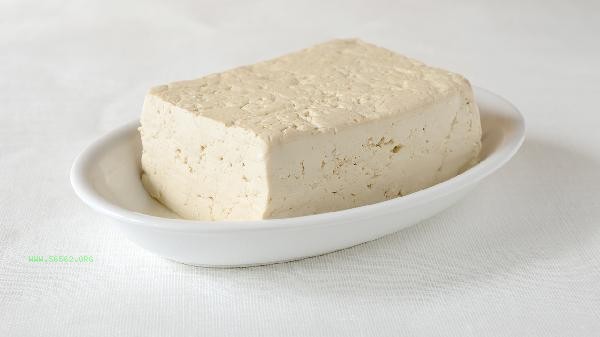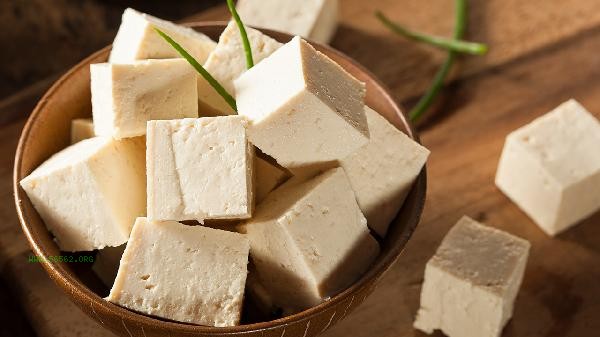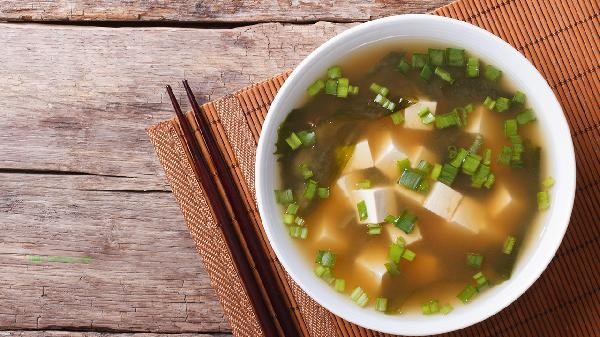Tofu residue can generally be removed by rinsing or soaking with running water. Tofu residue is a byproduct generated during the tofu making process, mainly composed of soybean residue, which has strong adhesion but is easily soluble in water. The most common method is to rinse directly with flowing clean water. Place the container or tool with tofu residue under the faucet and rinse continuously with moderate water pressure. The residue will gradually fall off with the water flow. For stubborn residues, a soft cloth or sponge can be used to assist in wiping, avoiding the use of hard cleaning tools such as steel wire balls to scratch the surface. It is recommended to keep the water temperature at room temperature during flushing, as high temperatures may cause protein denaturation and increase cleaning difficulty. For dried tofu residue, it can be softened by soaking it in water first. Take an appropriate amount of warm water and completely cover the residue area. After standing, the soybean residue will absorb water and expand. At this time, gently rub it with your fingers to separate it. If it remains in fiber materials such as fabrics, a small amount of edible alkali can be added during soaking to help decompose proteins, but it should be noted that the concentration of alkali water should not exceed to avoid damaging the fabric.

It is recommended to clean tofu residue in a timely manner during daily processing to avoid prolonged drying and solidification. For the maintenance of kitchen utensils, regular use of baking soda solution can prevent protein deposition. If tofu residue accidentally enters the sewer, it should be washed with hot water to prevent pipe blockage. If necessary, biological enzyme dredging agents can be used to decompose organic matter. During the process of making tofu, it is possible to pre lay plastic wrap or a damp cloth on the workbench for easy cleaning in the future.










Comments (0)
Leave a Comment
No comments yet
Be the first to share your thoughts!